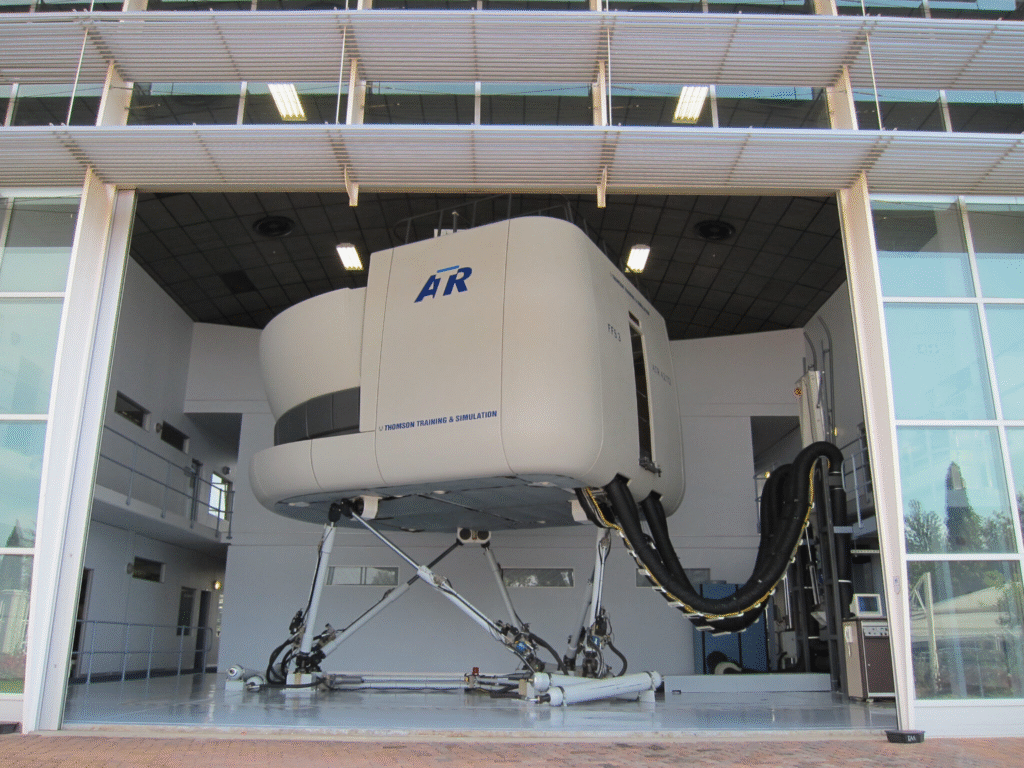- Aviation simulators have become central to East Africa’s pilot training. Faced with pilot shortages and rising costs, the region adopted technologies like Full Flight Simulators (FFS), Virtual/Augmented Reality (VR/AR), and AI-driven adaptive systems.

Growth of Full Flight Simulators
- East African carriers invested in domestic FFS to reduce reliance on foreign centers. Kenya Airways deployed a Level D 737 MAX simulator, while Ethiopian Airlines expanded with 787 and A350 units. These provided realistic motion, visuals, and sound, improving local training efficiency.
Virtual and Augmented Reality Training
- VR/AR tools became cost-effective solutions for early-phase training. Devices like Varjo XR-3 enabled procedural practice and cockpit familiarization. Institutions in Kenya and Ethiopia used VR to boost access and reduce dependency on costly FFS sessions.
AI-Driven Adaptive Learning
- AI was gradually introduced to tailor pilot training. Learning systems analyzed cadet performance in real-time, adjusting scenarios accordingly. Though in early adoption, some East African academies began exploring AI-powered CBTA for more efficient, personalized learning.
Military Training Modernization
- Kenya and Ethiopia adopted simulators for military pilot development. While not yet using NATO-grade systems, local mission rehearsal tools helped train for regional terrain and combat profiles, improving preparedness without expensive live-flight operations.
Cost and Scalability Advantages
- VR-based training costs as low as $300/hour, versus up to $2,000 for FFS. This allowed training centers to expand access affordably. Fixed Base Simulators and IPTs were used by regional carriers like RwandAir and Uganda Airlines for SOP and CRM practice.
Evolving Regulatory Environment
- Regional regulators moved toward international alignment. CASSOA supported harmonization with FAA/EASA standards. Kenya and Ethiopia began approving VR devices under updated guidelines focused on training fidelity and transferability.
Simulator Role in Mitigating Pilot Shortage
- Simulator expansion supported pilot pipeline growth. Ethiopia, Kenya, and Uganda ran simulators around the clock to meet demand. CBTA modules let cadets train at their own pace, improving efficiency and throughput during post-pandemic recovery.
Conclusion
Simulators have become vital to East African aviation. With AI, VR/AR, and improved FFS access, the region was building a modern, scalable training system. Despite some challenges, progress was steady toward a safer and more self-sufficient aviation future.


